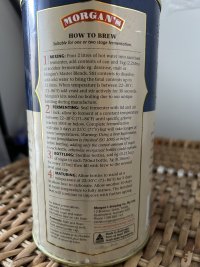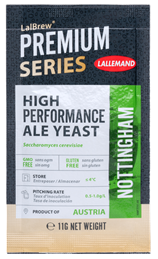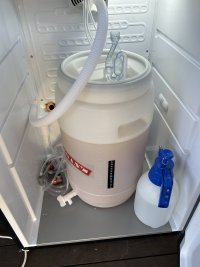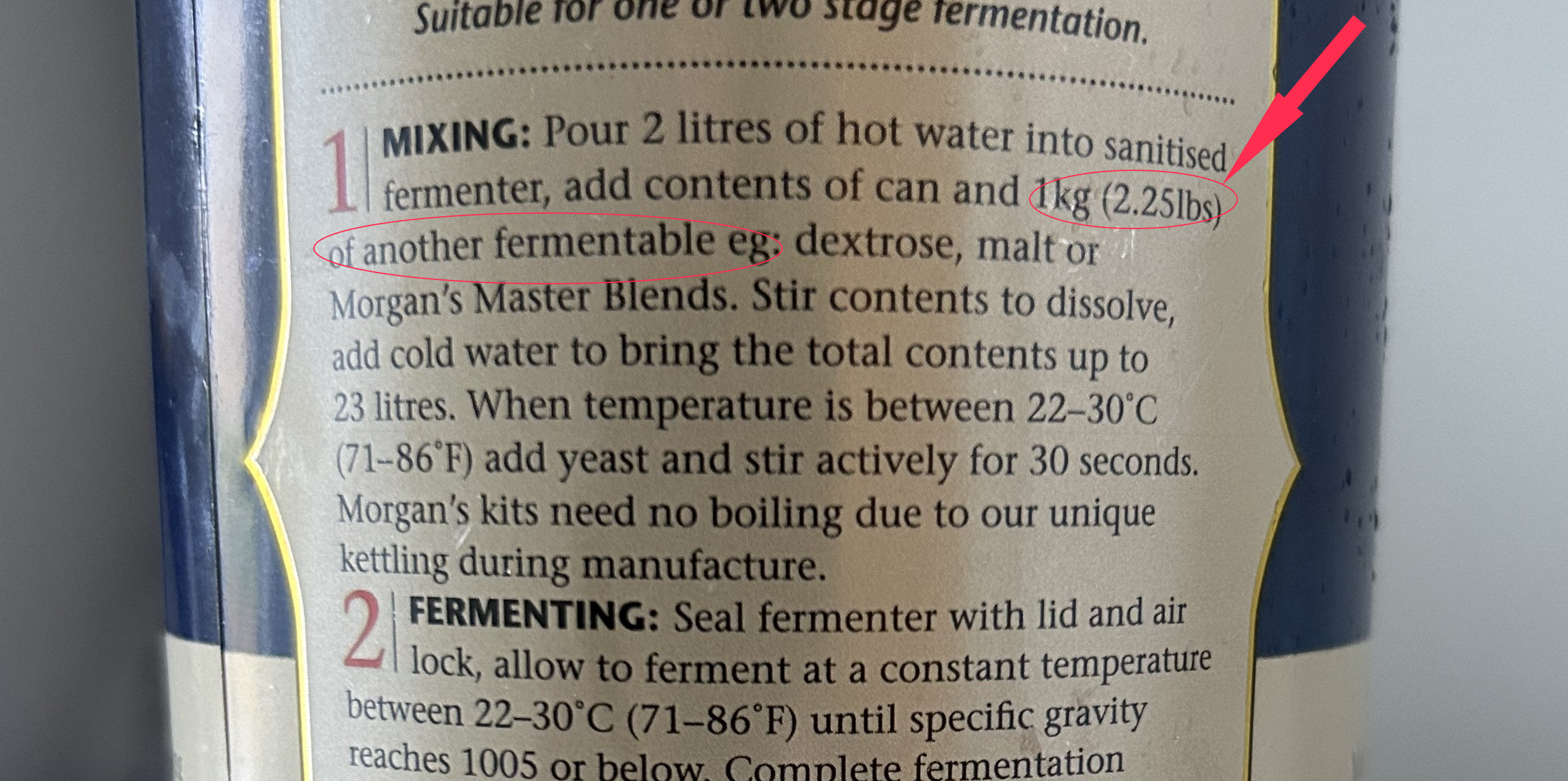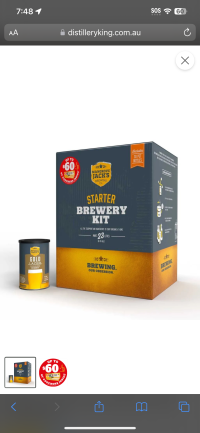25C in a fridge? That is curious to me because 25C is on the high end of comfortable room temperature. So if the fridge is unplugged and in the house, it would be close to 25C. What is the measured temp inside the fridge? Or better yet, what is the temperature of the wort? (a cheap stick-on thermometer on the side of the bucket will give an approximation; don't need anything fancy)
Given the tin's instructions that the FG should be 1.005 or lower (which TBH seems low to me for an extract kit), some top-of-the-head math suggests the OG should have been in the low 1.040's, say 1.043-1.045 or so to achieve about 5% ABV. Looking at your first picture I'll call the OG 1.034 which would make an FG of 1.005 roughly 3.5% ABV which would be low.
The instructions say to add 1kg of another fermentable. What fermentable did you add, and how much?
What was the total volume in the primary after adding the kit contents and the additional fermentable? Should be about 23L.
The two above questions don't get to the "heart" of your question which is, should you dump the batch (more on that below). But it might clarify why the OG is/was so low.
Adding fermentables will raise the SG. Yeast doing their job (converting sugar to alcohol) will lower the SG. So adding a cup of sugar should slightly raise the SG until the yeast consumes the sugar, thereby lowering the SG but it takes some time for the yeast to do its work.
What was the measured SG after adding the cup of sugar? Another ballpark, that should have raised the SG about 0.005 points.
If you mean should you dump the batch, I would say no. You can always pitch new yeast to get the fermentation going. If the batch then fully ferments out you would have a low ABV beer but probably drinkable. Someone on the forum has a tagline in their signature that credits his father with saying to the effect, winemaking isn't hard you just need to be willing to drink your mistakes. Brewing is the same and I've suffered my way through a few batches rather than dumping them!
If you're going to repitch I would suggest a very flocculant yeast such as Nottingham. It takes off like gangbusters, is fairly neutral, and ferments down to low ABV. I've brewed a number of batches with that gem and it has never let me down.
View attachment 842497





